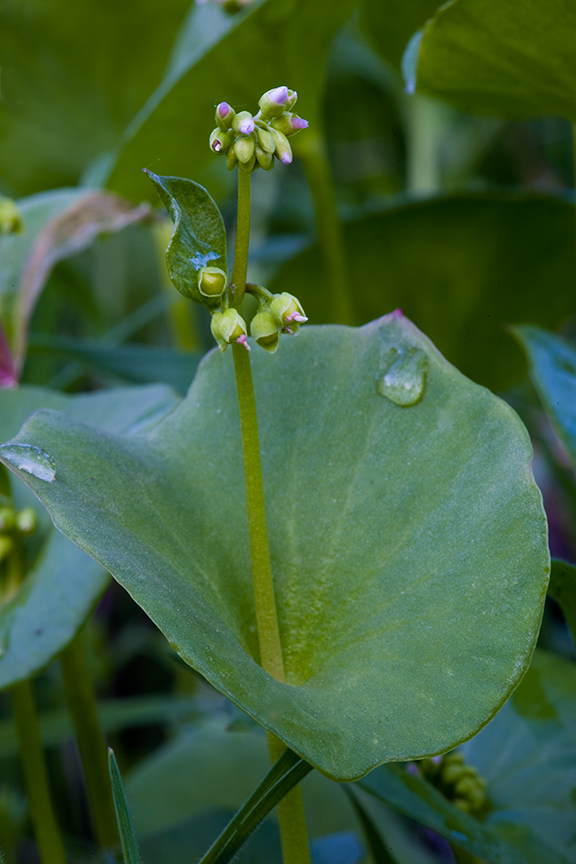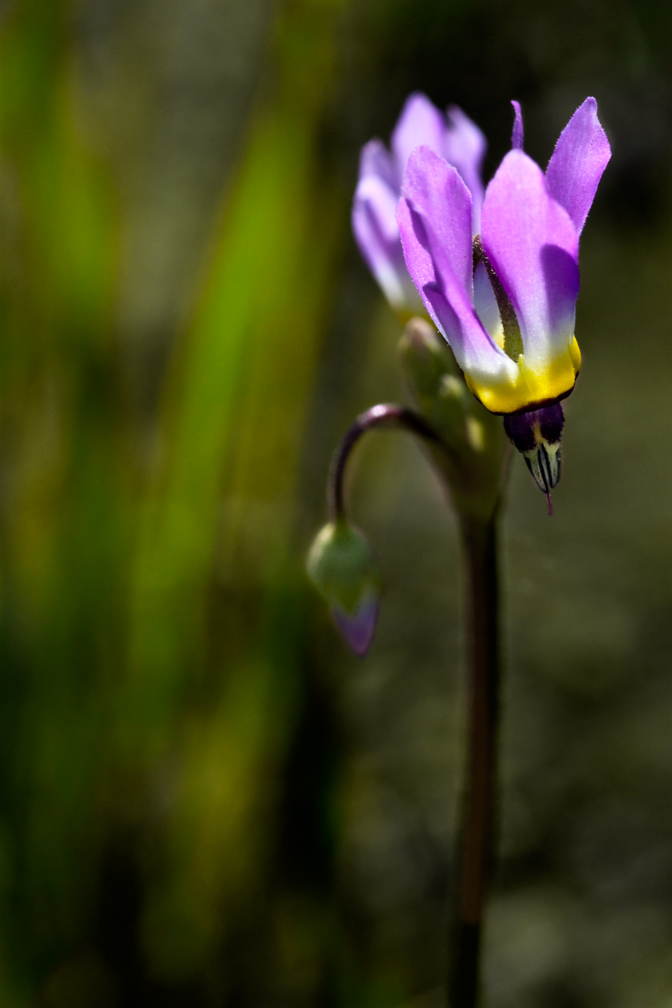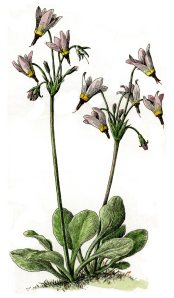Red maids, Calandrinia ciliata, at the Santa Rosa Plateau Ecological Reserve. Red maid seeds were eaten by Chumash people and were a highly esteemed food by many Native Californians. The seeds also were used ceremonially as ritual offerings. Anthropologist and ethnobiologist Jan Timbrook talks extensively about red maids in her book, Chumash Ethnobotany. According to Philip Sparkman in his The Culture of the Luiseño Indians, 1908, Luiseño people also ate the shiny black seeds and the tender young greens. The Luiseño word for red maids is púúchakla.
In their co-authored book, Yumáyk, Yumáyk, the late Luiseño elder Villiana Calac Hyde tells linguist Eric Elliot that she remembers eating red maid/púúchakla greens:
We would cut it off at its base.
We would cut it with a knife.
[We would get] púúchakla greens, dandylions, and alfalfa.
Once you’ve gathered all three, then you clean them.
And then you cook it.
It’s similar to spinach, but even better.
California cuisine: another edible annual to add to my garden! Red maid seeds can be purchased at Larner Seeds.
Indian lettuce, or Claytonia perfoliata, is another edible annual at the Santa Rosa Plateau Ecological Reserve. Both Indian lettuce and red maids belongs to the Portulacaceae, or the Purslane family. The photo above was taken at the Reserve a couple of years ago, but I saw several patches of Indian lettuce along the trails.
Shooting star, Dodecatheon clevelandii ssp. clevelandii.
Drawing of shooting stars from Mary Elizabeth Parsons’ The Wild Flowers of California, 1904. Drawing by Margaret Warriner Buck. Parson also refers to the “exquisitely delicate” shooting stars as wild cyclamen and mad violets.





that isn’t red maids, it’s filaree 😦
LikeLike
Beautiful and informative.
Thank you!
LikeLike